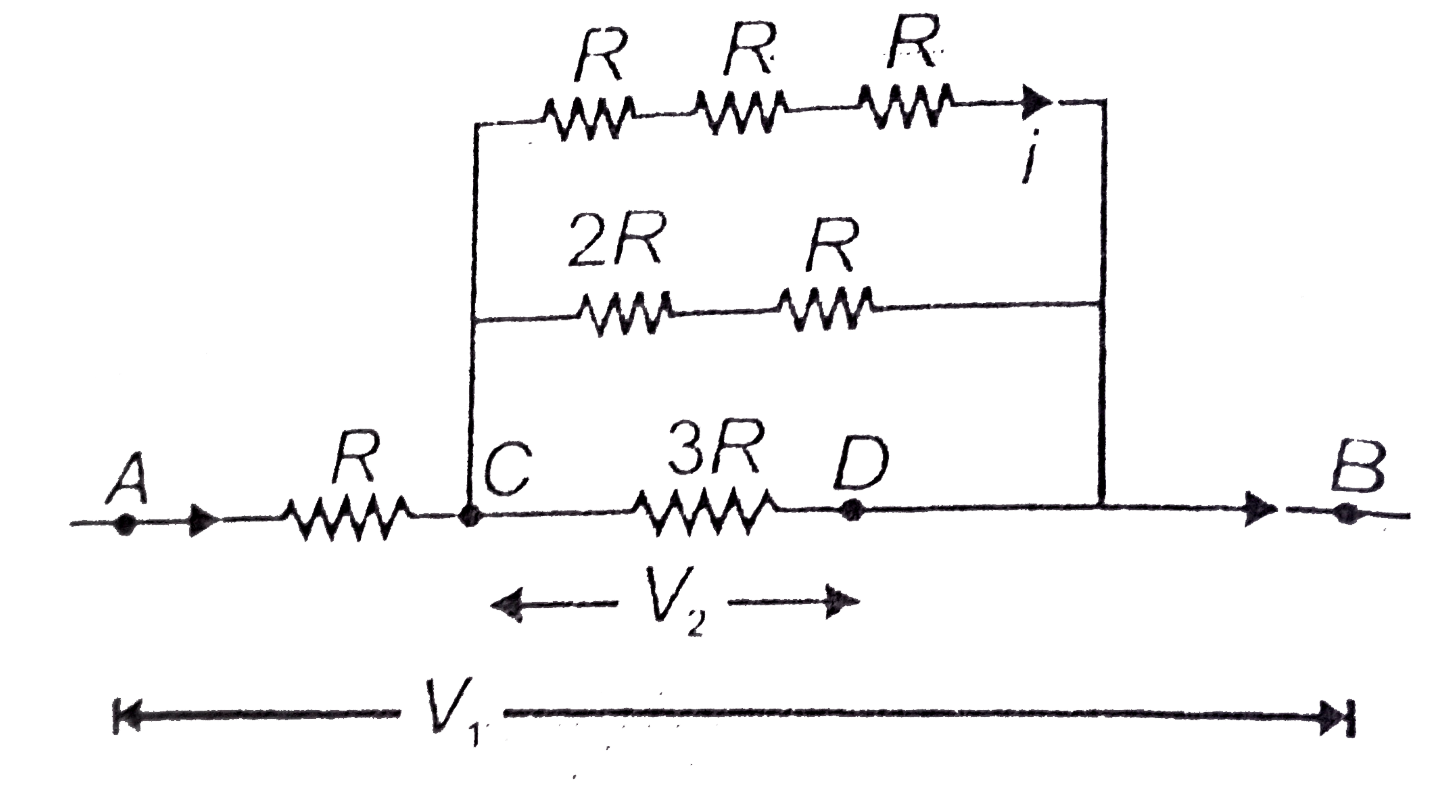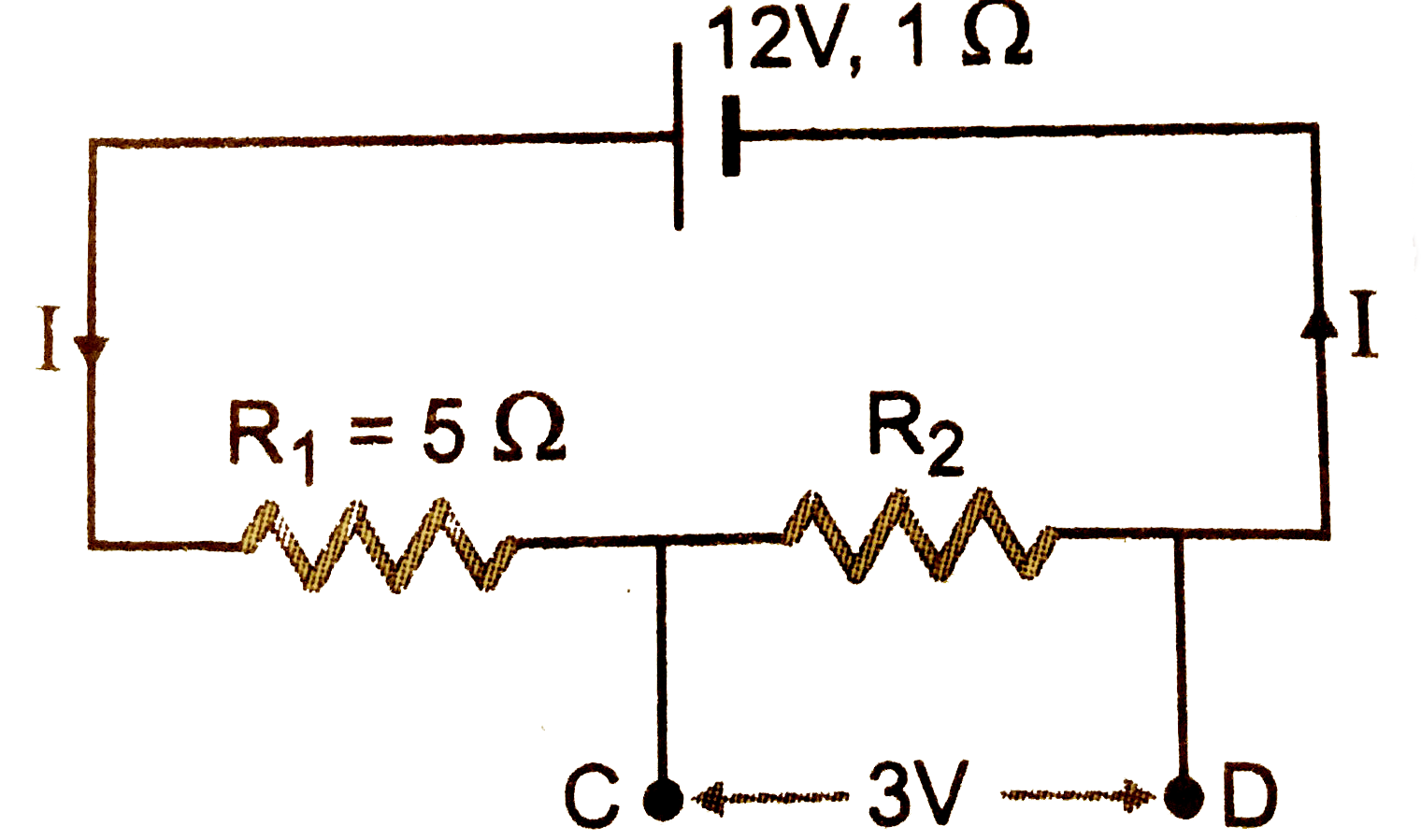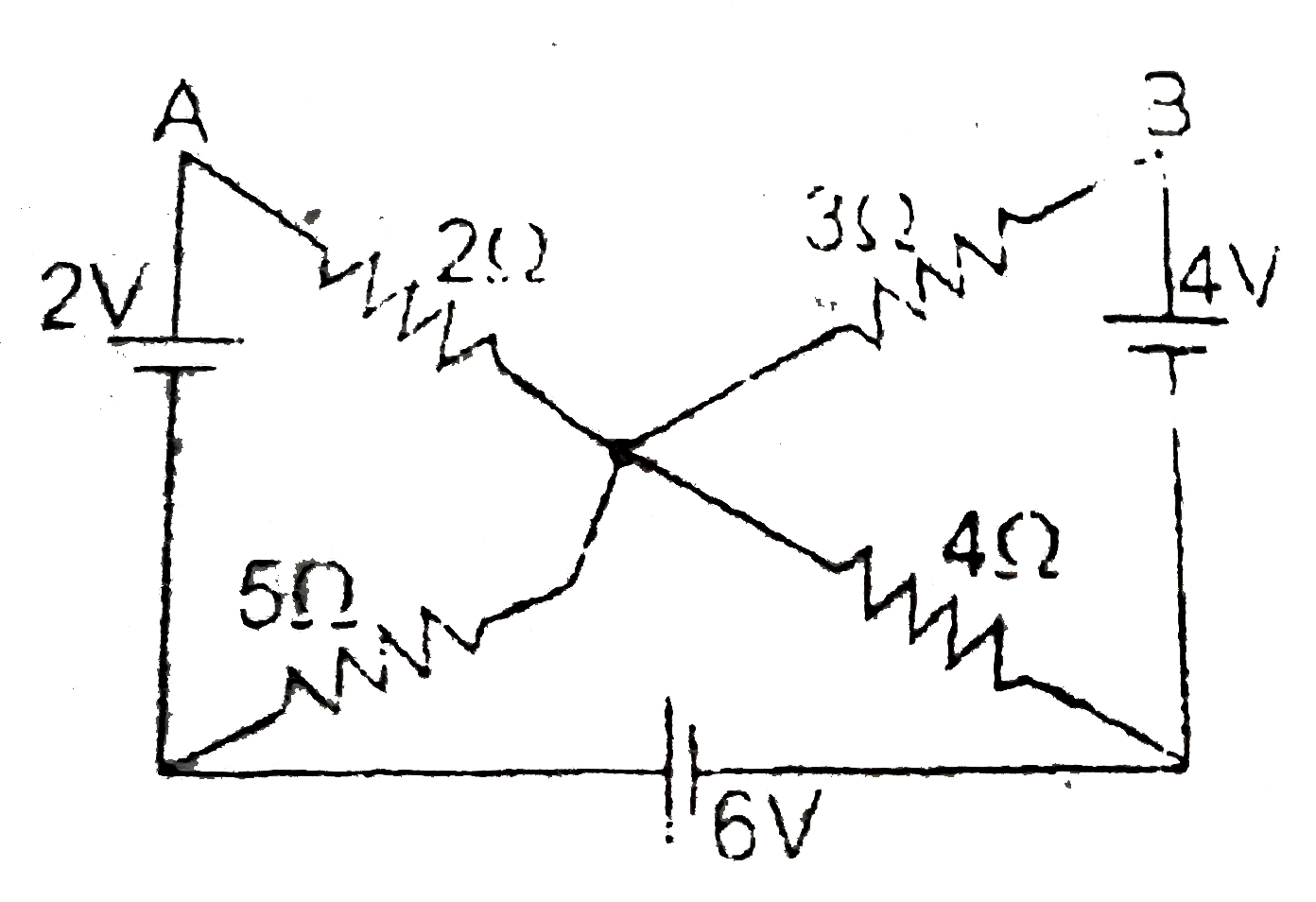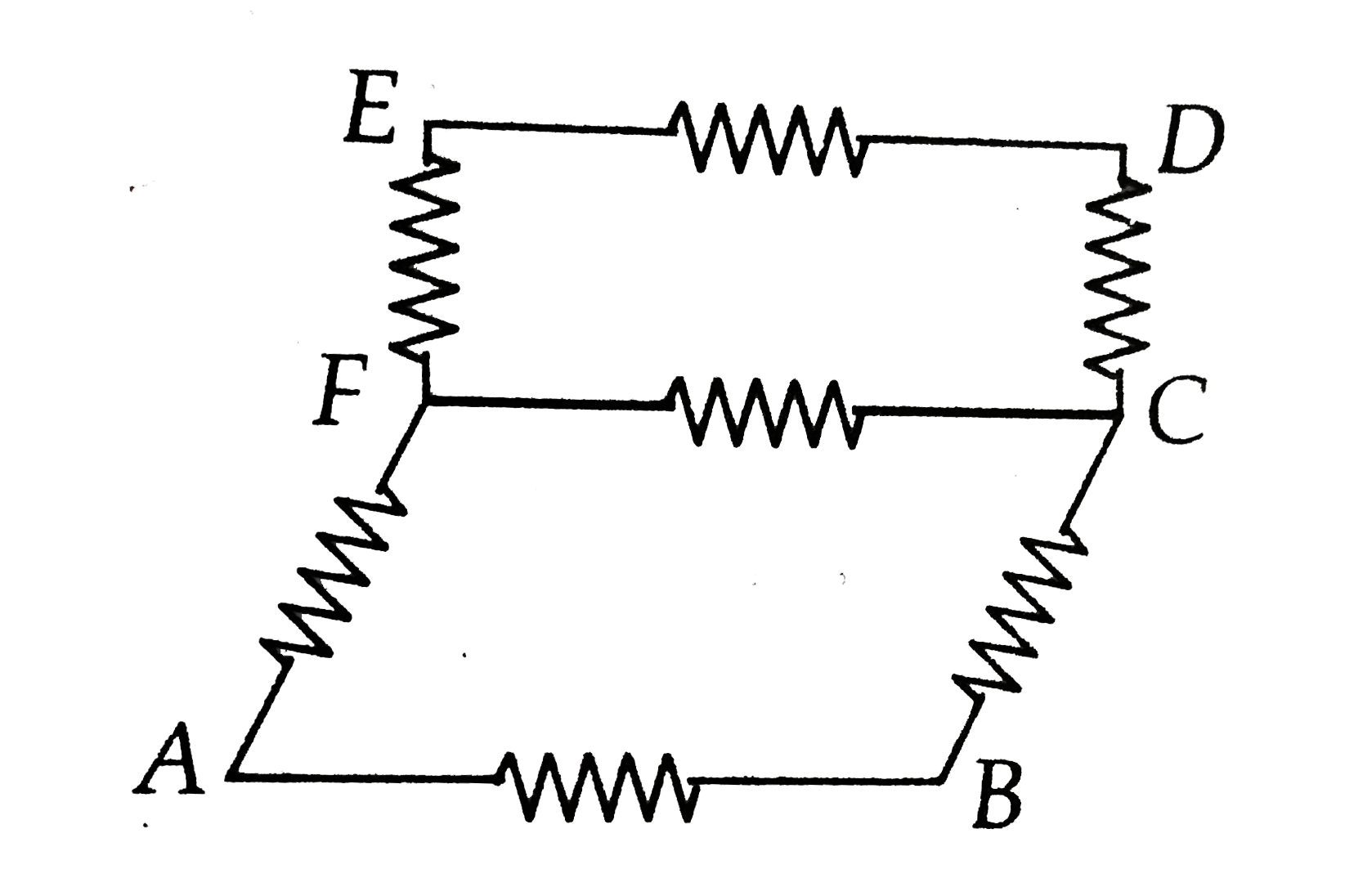The potential difference between the ends of a resistance R is VR, between the ends of capacitor is VC=2VR and between the ends of inductance is VL=3VR. Then the alternating potential of the source in terms of VR will be
√2VR
VR
VR/√2
5VR
The correct Answer is:A
Step by step video, text & image solution for The potential difference between the ends of a resistance R is V_(R), between the ends of capacitor is V_(C ) = 2V_(R) and between the ends of inductance is V_(L) = 3V_(R ). Then the alternating potential of the source in terms of V_(R ) will be by Physics experts to help you in doubts & scoring excellent marks in Class 12 exams.
Updated on:21/07/2023Topper's Solved these Questions
- ALTERNATING CURRENTBook:MOTIONChapter:ALTERNATING CURRENTExercise:EXERCISE - 2 (LEVEL - I)
Explore 19 Videos
- ALTERNATING CURRENTBook:MOTIONChapter:ALTERNATING CURRENTExercise:EXERCISE - 2 (LEVEL - II)
Explore 5 Videos
- ALTERNATING CURRENTBook:MOTIONChapter:ALTERNATING CURRENTExercise:EXERCISE - 4 (LEVEL - II)
Explore 14 Videos
- 10 ROTATIONALBook:MOTIONChapter:10 ROTATIONALExercise:Exercise - 4 (Level - II)
Explore 49 Videos
- ATOMIC STRUCTURE & X-RAY Book:MOTIONChapter:ATOMIC STRUCTURE & X-RAY Exercise:Exercise - 2
Explore 31 Videos
Similar Questions
Knowledge Check
In an L-C-R series circuit, the potential difference between the terminals of the inductance is 60 V, between the terminals of the capacitor is 30 V and that across the resistance is 40 V. Then, the supply voltage will be equal to
A10 VB50 VC70 VD130 VThe potential difference (VA−VB) between the point A and B in the given figure is
 A+6VB+9VC−3VD+3V
A+6VB+9VC−3VD+3VThe potential difference (VA−VB) between the point A and B in the given figure is :
 A+6VB+9VC−3VD−8V
A+6VB+9VC−3VD−8V
In the circuit shown, the potential differences, V1 ( between A and B ) and V2 ( between C and D ), are

View SolutionIf the circuit a potential difference of 3V is required between the point CandD. Find the value of resistance r2

View SolutionPotential difference between points A and B (i.e. VA−VB) is -----

View SolutionIf V is the potential difference between the ends of conductor and l is the current through it, then ohm's law states that
View SolutionIf the potential difference between A and D is V, what will be potential difference between F and C. each of the resistance is R.

View Solution



